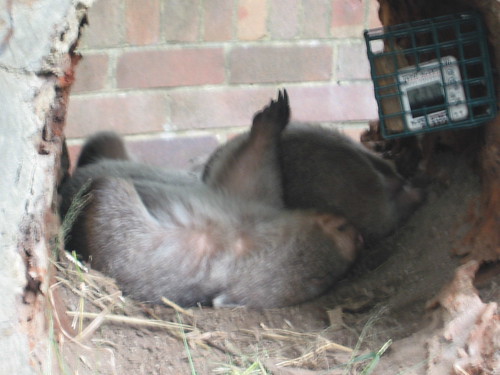20th January 2009 is a very good day. For a start, we’re finally rid of the most idiotic American President & welcomed in a new, ‘black’ President who incessantly borrows Bob the Builder’s catchphrase ‘Yes we can’. Nonetheless, to have a coloured President sends out so much hope, not just to Americans to people the world over. It gives hope to hard work and intelligence. It gives hope of equality, that we, at last, are judged no longer by the colour of our skin but by the very content of our characters as dreamt by Dr Martin Luther King Jr. And it gives hope to the underpriviledged and the marginalised to reach out and achieve what they set out to achieve.
A man is not a man until he is able and willing to accept his own vision of the world, no matter now radically this vision departs from that of others. [James Baldwin]
Then, 'psychic Tim' asked me if I was a Dr yet. Without checking my emails I answered no because the final examiner's report was not due until Friday 23rd Jan. No sooner had I sent off the msg on FB & checked my email did I find out that I passed!!! With flying colours!! I was actually notified by my supervisor (in confidence) the week before that the American examiner loved my thesis, would like to keep a copy, and had given me a 1!!! (For those not in the know, the Australian PhD marking system is divided into 4 grades - 1: pass without changes, 2: pass with minor changes, 3: pass with major changes, 4: fail. At present there is still no oral defence requirement.) Almost a week had passed until I heard further news. Not expecting the final report to return until the end of the week I went a couple of days without checking my emails. Until ‘psychic Tim’ asked me about my results actually. It so happened that the final report that been returned a week early & by Monday Kev (my supervisor) had already been notified of my results & passed on the good word! My final grades are 1, 1 and 1!! That means I don’t have to make any changes whatsoever, and they can’t make me!!!! That’s the most satisfying feeling after toiling over the damn thing for more than 5 years! Celebrations will no doubt drag on, I having popped the first bottle of Chandon already today. There are only 6 more bottles to go :D I in truth was not very confident of the results after having almost forced my supervisor to sign the supervisory certificate by way of an OS-trip attached deadline. To tell the truth I would have been happy with 2s but onesies are SOOOO much better. Now I’m free to be who I want to be and do what I want to do. All I need now is a career & to win the lotto to complete the trifacta!
In the end, what matters is not crossing the finish line before anybody else but just making sure you do cross it. [Jason Zweig]
It's the new dawn of a new world.
